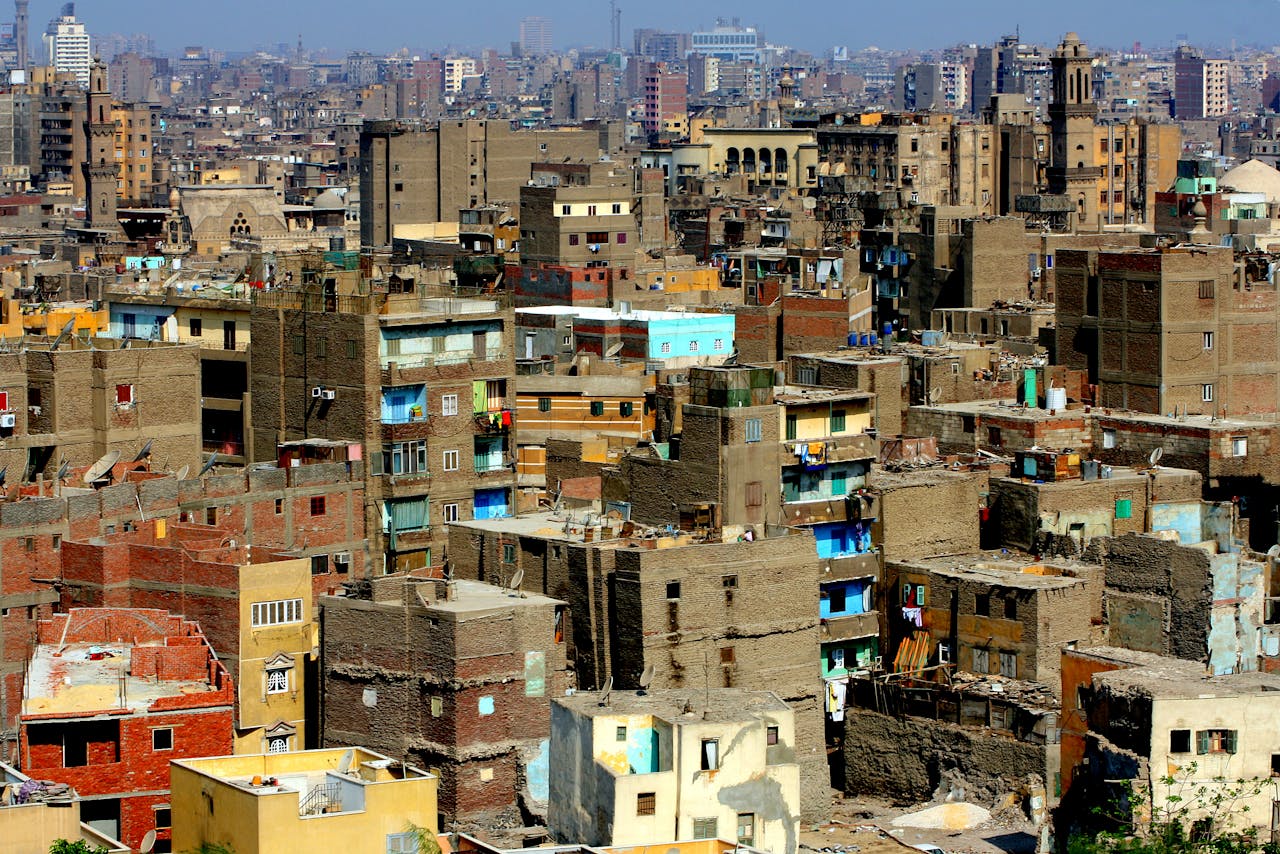How Population Growth Affects Housing Demand
Housing needs rise everywhere because population numbers keep growing. The expansion of populations creates both chances and problems for everyone involved as urban centers make room for growing families while developers and officials work together.
This blog examines how more people require more homes while showing their effect on both society and economy plus finding better ways to meet these needs.
The Link between Population Growth and Housing Demand
When population numbers increase homeownership becomes more necessary.
When people move to cities for job and education benefits the cities generally struggle to offer enough places to live.
The increasing movement of people to cities alongside normal population expansion creates strong demand for homes in developing countries and fast-growing metropolitan regions.
When more people live in a region their family structures evolve into smaller households or multiple generation cohabitations.
The population shifts require developers to create homes suited for everyone from families to renters and seniors. Housing developers need to follow population changes across different market segments.
Economic Impacts of Population Growth on Housing
1. Rising Real Estate Prices
A growing number of people pushes real estate costs higher. Growing demand for homes in popular neighborhoods makes real estate prices rise beyond what wages can afford.
The high demand for homes pushes lower-income families toward poverty-level housing or pushes them away from expensive neighborhoods towards affordable communities.
Many cities have experienced gentrification when wealthy people move into lower-income neighborhoods pushing up home prices that force local residents out of their homes.
Economic progress through gentrification makes neighborhoods poorer for existing residents and makes quality homes less affordable.
2. Strain on Infrastructure
As the number of people living in cities increases housing supply remains unable to match infrastructure growth.
The rising number of people puts too much pressure on roads schools healthcare facilities and public transportation so residents experience reduced quality of life.
When demand for housing grows faster than basic community facilities are built the result becomes urban sprawl that hurts the environment while adding travel time to daily trips.

Social Consequences of Housing Shortages
1. Affordable Housing Crisis
When population numbers increase they worsen problems with affordable housing.
The United Nations reports that 1.6 billion people lack decent housing and pay high expenses to make house payments.
When affordable housing remains scarce people struggle between losing their homes or sharing limited space with others.
Fast city expansions push up homelessness numbers when affordable homes do not keep up with new residents.
Government and nonprofit organizations should create programs that support affordable housing construction as part of their reaction strategy.
2. Increased Social Inequality
Residential problems push families apart as wealthier people gain access and poorer people miss out on affordable homes.
Those with more money buy homes where they want while poorer families struggle to find housing at the edge of cities.
Housing segregation keeps low-income families from getting quality education health care and work prospects which makes poverty last longer for them.
Communities become more open and welcoming when policy makers work to make housing available to everyone plus break down limits that make property unaffordable.
Strategies to Address Housing Demand from Population Growth
Local officials and builders must design effective solutions to handle housing demand that results from population increase our response to population growth needs multiple solutions to work effectively.
All groups including government’s developers and neighborhood members need to team up and create housing solutions that work for the future.
1. Smart Urban Planning
Well-designed cities need to welcome more people without making their basic services too crowded.
The strategy promotes combining retail and residential areas with practical land usage plus convenient public transit options.
Neighbors can access daily destinations by foot when cities arrange mixed-use neighborhoods with different home choices to decrease urban sprawl and maintain our environment.
2. Affordable Housing Initiatives
Organizations and authorities should start building more housing spaces to help these income groups.
Governments and developers work together to develop affordable housing through housing subsidies and tax breaks for developers plus land trust programs.
Public and private organizations work better together when creating affordable homes for residents.
3. Leveraging Technology
Smart housing production methods like modular construction and 3D printing create better ways to make homes.
These unique building systems help lower construction expenses and save time enabling faster delivery of needed homes.
Data analysis experts assist planners by forecasting housing requirements and making the best use of city resources.
4. Encouraging Density and Sustainability
We promote urban construction developments that have many homes together and use sustainable building methods.
Scaling up city development by building taller apartment buildings and multi-family homes helps us use urban land better.
Builders can make housing development greener by working with materials that renew and design methods that save energy.
Communities become active and support population growth through standards that promote both density and sustainable development.
Conclusion
Population growth strongly affects real estate markets by changing the demand for housing which in turn reforms infrastructure and shapes community interactions.
The need to serve more people creates chances to create new solutions together with partners.
Through smart development methods combined with affordable housing and modern technology cities can serve their growing residents sustainably and make room for everyone.
The solution depends on planned actions and fair efforts to create places where both renters and homeowners find homes they can afford.
Although population expansion will continue populations can control housing requirements through strategic planning and creative solutions.
Cities that transform properly will produce communities that stay strong and develop over time.
Also read: Rural-Urban Migration: Causes and Effects on Societies

